The End Game for any Business
The end game for any business is to make enough profits to pay your bills, pay your staff and hopefully have enough left over to make it all worthwhile.
In my role as a buyer, I was tasked with maintaining a specific, consistent margin goal. Somehow, I managed to control costs and price a wide mix of products to meet that goal regularly. That margin became the expectation.
One day, I was given the opportunity to bring in a line of products that I knew we would sell very successfully. More importantly, it would be a totally incremental sale. I had no other products like it. The issue was it sold at considerably less margin than most of my other non-food products. I knew that the high volume of sales would impact and lower my margin target.
On the other hand, it would generate a lot of… are you ready? MONEY! Profits that I didn’t have access to before now. I warned the people who cared that they were about to see a dip in the margin, but a sizable increase in sales. By the way, they would also be depositing more money in the bank.
My point being, you don’t put margin the bank, you put money in the bank.
You need to consider this in your pricing strategy. Especially with consumables. These are the products customers replenish on a regular basis. If you can keep your customers coming back for their consumable needs and wants, chances are you will also sell your higher margin products along with the shopping basket on each visit. If you’re not competitive on frequently shopped items, you will likely lose the sale to someone else entirely. At that point, instead of putting profits (A.K.A Money) in the bank, you put nothing in the bank.
Pick a few items and play with them. Track the sales. If you make five dollars on each and sell ten, that’s more money than making ten dollars on each and selling three. It’s like walking by ten nickels to pick up three dimes. When you see “new lower price” in major retailers, it’s not likely it’s because they love you. They expect an increase in sales.
You might start out at a “sale price” just to measure the uptick in sales and do the math. If you find that the increased sales generates more money at the lower price, you might just employ a “new low price” strategy of your own.
I picked key consumable items that were always a lower price for members of my loyalty program. Sales were higher, I put more money in the bank and more importantly, I became the premier repeat destination for all of their pets needs. I also collected important consumer data about their shopping habits that I used for future marketing efforts.
Properly executed loyalty program can keep customers coming back again and again. But, that’s a topic for another discussion.
